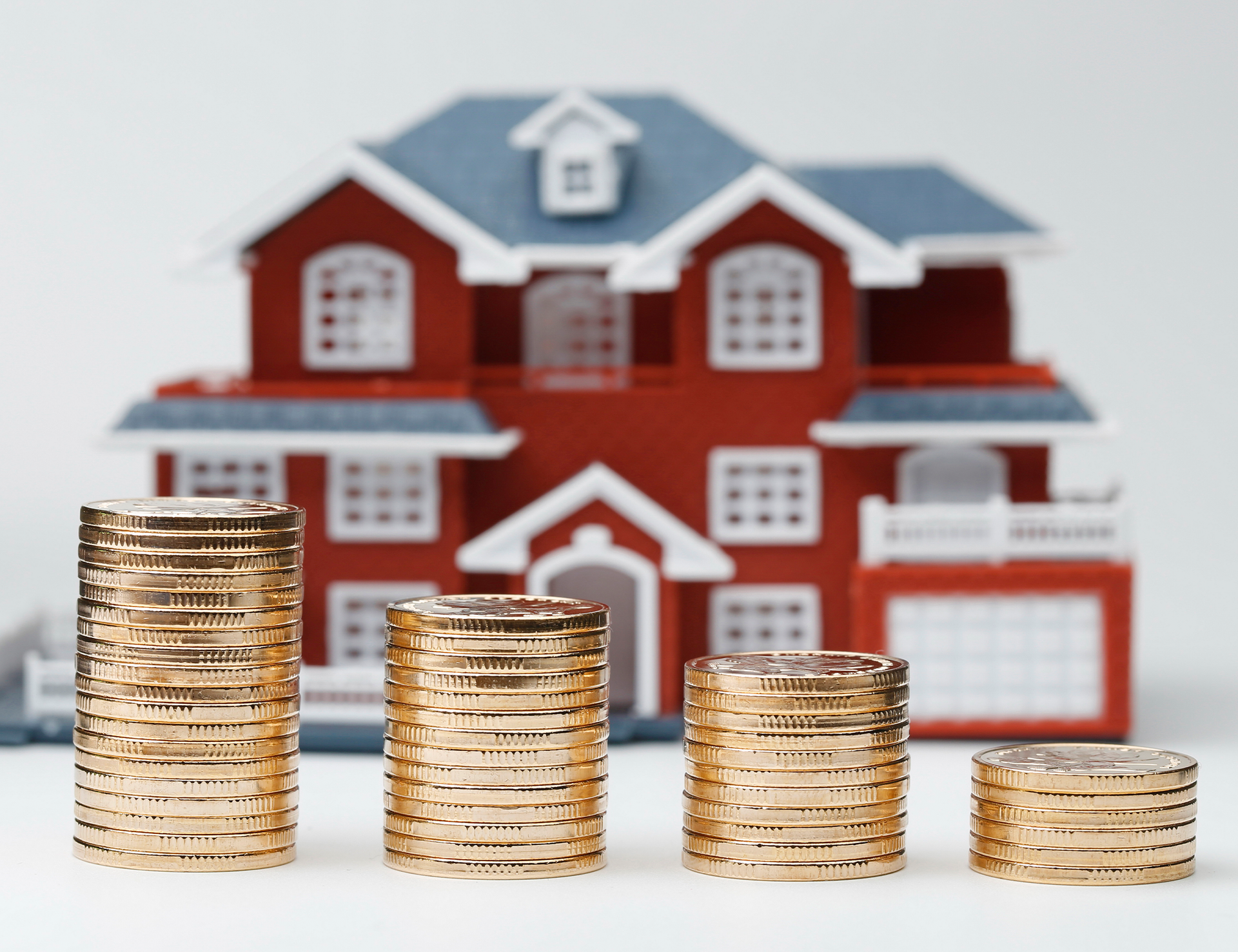How to pack your stuff
Packing for Success: A Comprehensive Guide to Moving
Moving to a new home is an exciting adventure, but the process of packing can be overwhelming without a solid plan. Whether you're relocating across town or across the country, efficient packing is the key to a stress-free move. In this guide, we'll walk you through the essential steps on how to pack your stuff effectively.
1. Start Early
The most important rule of packing is to start early. Give yourself plenty of time to organize, declutter, and pack your belongings systematically. Begin at least a few weeks before your moving date to avoid last-minute chaos.
2. Gather Packing Supplies
Collect the necessary packing supplies, including sturdy boxes, packing tape, bubble wrap, packing paper, and markers for labeling. Having the right materials on hand will make the process smoother.
3. Declutter and Donate
Before packing, take the opportunity to declutter your belongings. Donate or discard items you no longer need or use. This reduces the number of items you need to pack and ensures you're only bringing what's essential to your new home.
4. Room-by-Room Approach
Packing room by room is a systematic way to ensure you don't forget anything. Start with the rooms you use less frequently and leave commonly used spaces for last. Label boxes with the room they belong to, making it easier when you arrive at your new home.
5. Pack Heavy Items at the Bottom
When loading boxes, place heavier items at the bottom and lighter ones on top. This maintains balance and prevents damage to fragile items.
6. Wrap Fragile Items Carefully
Use bubble wrap, packing paper, or clothing to wrap fragile items like glassware, dishes, and electronics. Pack them snugly in boxes with extra padding to minimize the risk of breakage.
7. Label Boxes Clearly
Label each box with its contents and destination room. This makes unpacking easier, as you'll know exactly where each box should go. Consider color-coding or numbering boxes for added organization.
8. Pack Essentials Separately
Pack a separate box or bag with essentials you'll need immediately upon arrival at your new home. This can include toiletries, a change of clothes, important documents, and basic kitchen supplies.
9. Disassemble Furniture
Take apart furniture if possible, as it makes it easier to move and load into the truck. Keep all screws and hardware in labeled bags to ensure nothing gets lost.
10. Hire Professionals
Consider hiring professional movers for heavy or bulky items, especially if you have valuable or fragile belongings. Professional movers have the experience and equipment to handle large pieces safely.
11. Stay Organized
Maintain a checklist of all your belongings, especially if you're hiring movers. This helps keep track of items and ensures nothing is left behind.
12. Pack Electronics Properly
For electronics, use their original packaging if available. If not, wrap them in blankets or bubble wrap and place them in boxes with padding.
13. Secure Artwork and Mirrors
Protect artwork and mirrors with cardboard, bubble wrap, or specially designed boxes. Label them as fragile and ensure they are positioned vertically during transport.
14. Keep Important Documents Separate
Place important documents like passports, birth certificates, and financial records in a secure folder or box that you transport personally.
15. Consider Storage
If you're downsizing or have items you don't immediately need in your new home, consider renting a storage unit for temporary storage.
By following these packing tips, you'll streamline the process and make your move a smoother, more organized experience. Remember, a well-planned and executed packing strategy is the key to a successful transition to your new home. Happy moving!





